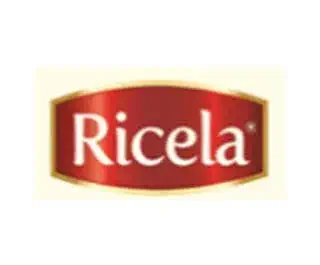Palm Oil
We believe in providing top quality workmanship and are so confident in our level of service that we back.
We believe in providing top quality workmanship and are so confident in our level of service that we back.
Palm oil is extracted from the fruit of the oil palm tree (Elaeis guineensis), which is native to West Africa but now predominantly grown in tropical regions such as Southeast Asia, particularly Indonesia and Malaysia. Palm oil is a versatile and stable cooking oil that provides various nutrients, but it should be consumed as part of a balanced diet and with consideration of its environmental impact.
Palm oil is composed of approximately 50% saturated fatty acids, primarily palmitic acid, and about 10% stearic acid, which contribute to its solid consistency at room temperature. It contains around 40% unsaturated fatty acids, including monounsaturated oleic acid (about 40%) and polyunsaturated linoleic acid (about 10%). Additionally, palm oil is rich in tocotrienols, a form of vitamin E with antioxidant properties, and contains a small amount of phytosterols that can help lower cholesterol levels. The oil’s balanced composition of fats gives it stability and a versatile application in cooking and food processing.
In this step, phosphoric or citric acid is added to crude palm oil to break down non-hydratable phospholipids and other impurities. This enhances their removal in subsequent processes, ensuring higher oil purity.
Bleaching earth or activated clay is mixed with the oil to adsorb unwanted color compounds, trace metals, and residual phospholipids. The oil is then filtered, resulting in a brighter and more stable product.
The oil undergoes steam distillation under vacuum to remove free fatty acids (FFA), odor-causing substances, and volatile impurities. This process ensures a neutral-smelling and high-quality refined palm oil.
Palm oil is cooled under controlled conditions to crystallize its solid components (stearin). The crystallized solids are then separated from the liquid fraction (olein) through filtration. This step produces palm oil fractions with distinct melting points, suitable for different uses such as cooking oil, margarine, and shortening.

Strategies to ensure proactive domination. At the end of the day,User generated content in real-time will have multiple touchpoints for offshoring.























Discover some of the most asked questions regarding Palm Oil.
Palm oil is a vegetable oil derived from the fruit of the oil palm tree (Elaeis guineensis). It is widely used in cooking, food processing, and various industrial applications due to its stability, high yield, and versatility.
Palm oil has several benefits:
– High Yield
– High Stability
– Versatility
– Nutritional Profile
Palm oil is generally suitable for most diets. It is vegan and free from major allergens. However, individuals with specific dietary concerns should consult product labels and certifications. Additionally, palm oil is high in saturated fat, which some health-conscious individuals may choose to limit.
Palm oil typically has a shelf life of about 6 to 12 months when stored in a cool, dark place. Proper storage conditions help maintain its quality and prevent rancidity.
Yes, palm oil’s high smoke point (around 450°F or 232°C) makes it suitable for various cooking methods, including frying, sautéing, and baking. Its stability also makes it a good choice for deep-frying.